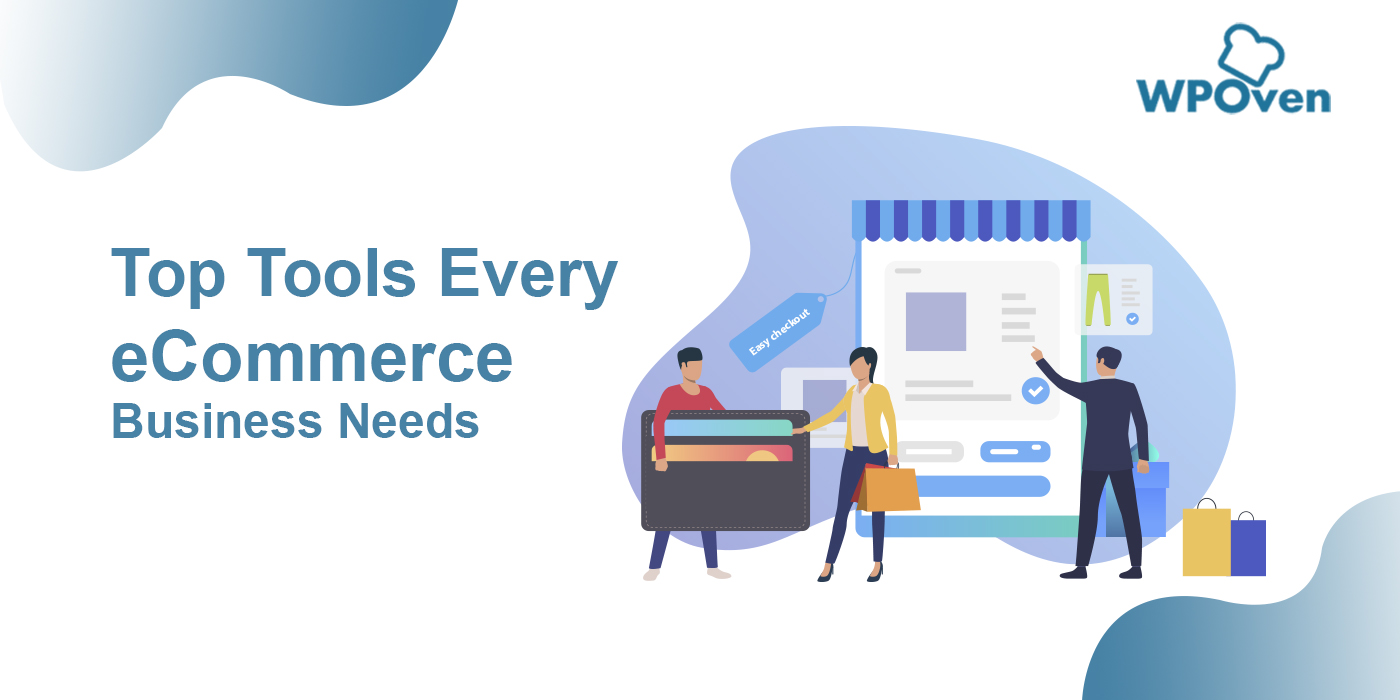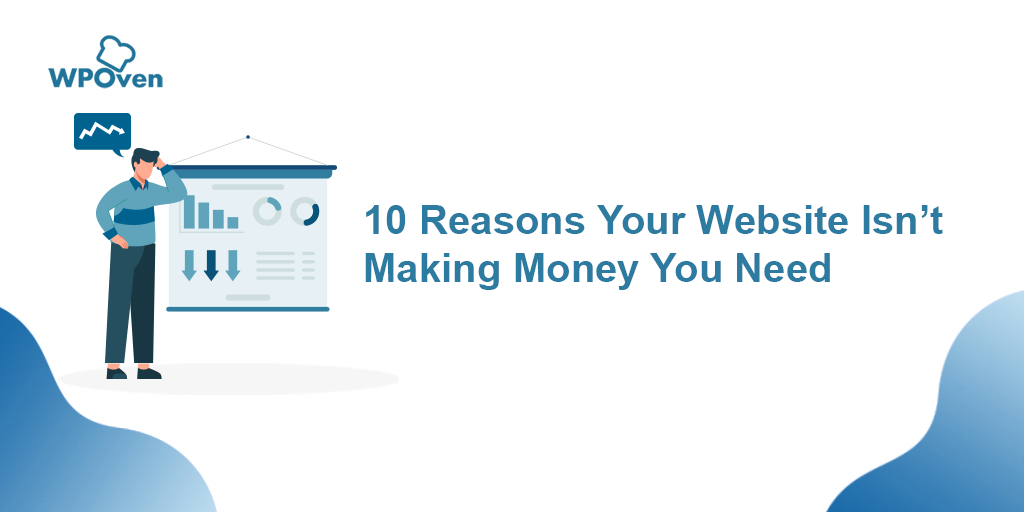The online marketplace has been a thriving hub for eCommerce owners looking to build their reputation and revenue online. Statista reports that roughly 1.8 billion people across the globe purchased goods online in 2018, with sales amounting to USD $2.8 trillion. This figure is expected to grow to USD $4.8 trillion come 2021. This now challenges eCommerce owners to up their game to enhance their user experience, as this will also build their brand image. When user experience is at the core of an eCommerce business, this can result in a whole line of loyal customers who have had both successful and safe experiences with your company. Ensuring consumer safety should be the main priority, as we mentioned in ‘The Importance of Protecting Your Sensitive Information in 2021’. This is what will make you a trusted retailer and help you stand out from the rest.
It’s imperative that eCommerce sites adapt to these trends or risk falling behind – especially given the surplus of online merchants today.
Here are the top tools every eCommerce business needs:
Customer Feedback Automation
Obtaining customer feedback can help businesses understand what customers are thinking and improve their products and services based on that feedback. Not only that, but feedback can also be used as a testimonial as a form of social proof. Displayed prominently and appropriately, it can help build trust with other prospective customers and give them the confidence to buy the product or service. This can take up a lot of time, fortunately, there is software that can automate the whole process. In this Funnel Base review, it is explained how you can get your websites genuine feedback in real-time and increase your conversion rate.
Artificial intelligence
eCommerce businesses are increasingly using forms of Artificial Intelligence to enhance customer experiences. One example is the use of chatbots. Chatbots have become prevalent as they mimic physical shopping experiences, and are cost-effective customer service options. Customers will have the answers to queries in real-time, and this will likely make them more willing to purchase a product on your site as they will be confident they have all the information that they need instantly. While chatbots are focused on conversing with customers, a more ground-breaking use of artificial Intelligence takes this further by not just answering queries but providing cognitive insight to support and automate decision making. Tasks traditionally performed by humans can be delegated to AI robots who can perform the same task in a matter of seconds.
Robots can scan and learn from large amounts of data allowing it to offer helpful insights to its users. Startups have already started deploying AI technology. In Australia, rental management platform Rentdesk uses AI technology to analyse prospective tenant applications and make recommendations to property owners. Leveraging machine learning, the system automatically extracts information the application and assesses the quantitative and qualitative properties within the tenant profile against the pool of tenant profiles to determine the best match to a rental property. Overall, AI technology enables companies to offer more humanized and personalised experiences to their customers quickly and effectively, and its benefits will become more and more apparent in the coming years.
Two-factor authentication
Cybercrimes are common, even for the most unassuming retailers or merchants. And customers can bear the brunt of a breach if their data is stolen. Tech giant HP advises deploying two-factor authentication for any transactions as it makes it very difficult for unauthorized access. Although hackers may be able to uncover a password, additional protection through biometrics, codes, or fingerprints, offer an enhanced level of protection as they are much harder to replicate. eCommerce businesses can deploy this on their own platforms by considering authenticator apps like Google Authenticator or Au-thy which enables the service on your eCommerce site. While these are best for small businesses, consulting an IT professional is advisable for larger companies.
An analytics or metrics tool
eCommerce owners should make the most out of the data they generate by knowing what to do with it. Companies should set Key Performance Indicators (KPIs) which they can measure to learn and track their performance and success rates. Google Analytics or certain software can help you visualize your KPIs and assess what gaps you need to fill in order to meet your goals. These tools will also help you get an idea of your customers’ behaviour when they visit your site, their activities, searches, and clicks, which will help you make the necessary adjustments.
Mobile-friendly optimization
Research by Instagram shows that 84% of smartphone users view products on their mobile browsers or apps, with 36% of online sales made through these platforms. Optimizing your eCommerce site for mobile means keeping the interface clear and simple in order for the site’s speed to load faster. Google’s Mobile Test tool helps you identify if your site is mobile-friendly, and will advise you of any errors you need to correct. Your images should also be optimized for mobile devices to ensure that you can deliver content to users as quickly as possible.
Easy checkout
Customers may abandon their purchases if they find that checkout procedures have endless steps and requirements that distract from making the purchase. An article by The Balance Small Business advises that you offer an express checkout, where customers don’t necessarily have to fill out lots of personal information before paying. Payment options should also accommodate different mediums, from credit and debit cards to more modern online wallets which will then amplify the convenience of purchasing and lead to your customers to keep coming back
If you’re an eCommerce retailer, know that there is always room for improvement. These tools are but a starting point for you to get going. Let your creativity come after.

Snehil Prakash is a WordPress enthusiast and web development expert who previously served as the Marketing Manager at WPOven. He believes that business owners should spend their time investing in their core business missions, not setting up and maintaining a WordPress site.
Snehil has been instrumental in providing all-inclusive managed WordPress solutions to businesses of all sizes, ensuring that they have the resources they need for a robust online presence.







![Wix Market Share 2023 [Detailed Statistics] wix market share](https://www.wpoven.com/blog/wp-content/uploads/2021/10/Wix_market_share.png)
